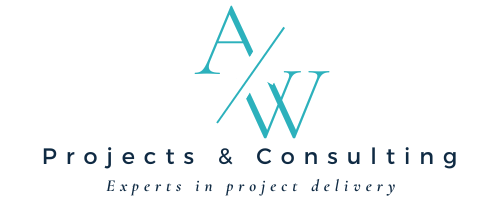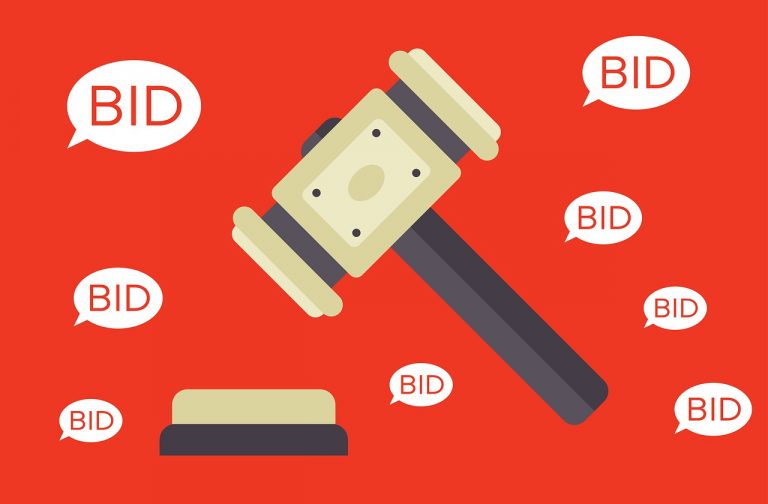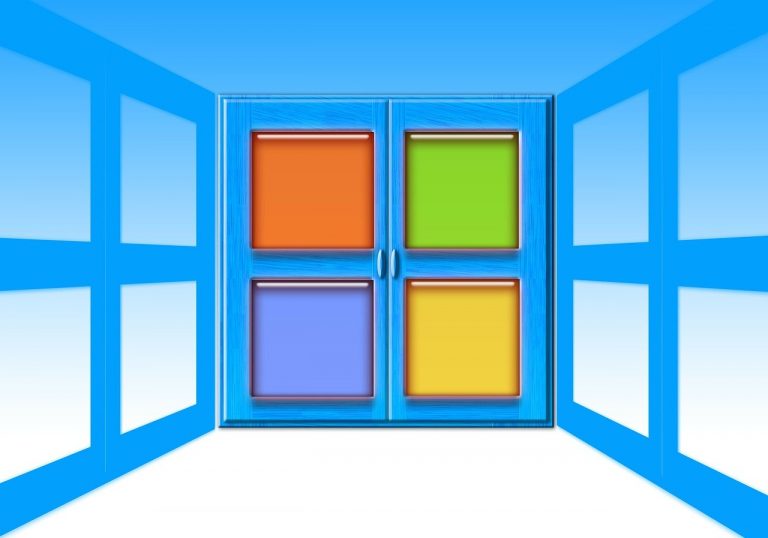Mastering Corporate Email Etiquette: Why It Matters and How to Excel
In today’s fast-paced business world, email remains a primary mode of communication. Whether you’re connecting with colleagues, clients, or partners, mastering corporate email etiquette is crucial for maintaining professionalism, fostering positive relationships, and ensuring effective communication. In this blog, we’ll explore the importance of corporate email etiquette, provide tips for doing it well, and offer examples to illustrate best practices.
The Importance of Corporate Email Etiquette
**1. Professionalism: Corporate emails often reflect the image and values of your organization. Proper etiquette ensures that your communication aligns with professional standards and presents you and your company in the best light.
**2. Clarity and Efficiency: Well-crafted emails can prevent misunderstandings, reduce back-and-forth exchanges, and streamline workflows. Clear and concise communication helps recipients quickly grasp your message and respond appropriately.
**3. Relationship Building: Email etiquette impacts how you are perceived by others. Polite, respectful, and thoughtful emails contribute to positive working relationships and enhance your reputation within and outside the organization.
**4. Compliance and Security: Adhering to email etiquette also includes understanding and following company policies related to email use. This helps protect sensitive information and ensures compliance with legal and regulatory requirements.
How to Excel in Corporate Email Etiquette
1. Craft Clear and Concise Subject Lines
Your subject line should succinctly convey the purpose of the email. A clear subject line helps recipients prioritize and understand the content before opening the email.
- Example: Instead of “Meeting,” use “Meeting Request: Project Kick-Off on [Date].”
2. Use a Professional Greeting and Closing
Start with a formal greeting and end with a professional closing. This sets the tone for the email and reinforces respect.
- Greeting Example: “Dear [Recipient’s Name],”
- Closing Example: “Best regards, [Your Full Name]”
3. Be Clear and Direct
Get to the point quickly while providing all necessary details. Avoid lengthy paragraphs and focus on delivering your message effectively.
- Example: “I am writing to confirm our meeting scheduled for [Date] at [Time]. Please let me know if you need any additional information.”
4. Maintain a Polite and Respectful Tone
Use courteous language and avoid jargon, slang, or overly casual expressions. A polite tone helps maintain professionalism and fosters a positive environment.
- Example: Instead of “I need this ASAP,” try “Could you please provide this information by [Date]? Thank you.”
5. Proofread Before Sending
Errors and typos can undermine your credibility. Always proofread your email to ensure it is free from grammatical mistakes and accurately conveys your message.
- Example: Double-check names, dates, and any attachments before hitting send.
6. Use Appropriate Formatting
Break your email into short paragraphs or bullet points to enhance readability. Avoid using excessive colors, fonts, or emojis in professional emails.
- Example: Use bullet points to list items or steps clearly, e.g., “To proceed, please: • Review the attached document • Confirm receipt by [Date] • Provide feedback by [Date]”
7. Respect Privacy and Confidentiality
Be mindful of confidentiality when sharing information. Use “Reply All” only when necessary and avoid forwarding emails without permission.
- Example: Before forwarding an email, ensure that sensitive information is not included or consult with the sender if in doubt.
8. Timeliness Matters
Respond to emails promptly to demonstrate responsiveness and respect for others’ time. Aim to reply within 24 hours during business days.
- Example: If you receive an email requesting a meeting, acknowledge receipt and suggest a follow-up time if you’re unable to provide a detailed response immediately.
Examples of Corporate Email Etiquette
1. Requesting Information
- Subject: Request for Quarterly Sales Report
- Email:
Dear [Recipient's Name],
I hope this message finds you well.
Could you please provide the quarterly sales report for Q2 by [Date]? This information is needed for our upcoming review meeting.
Thank you in advance for your assistance.
Best regards,
[Your Full Name]
2. Following Up on a Previous Email
- Subject: Follow-Up: Budget Approval Request
Dear [Recipient's Name],
I wanted to follow up on my previous email regarding the budget approval request sent on [Date]. Could you please provide an update on the status?
If you need any additional information from my side, please let me know.
Thank you for your attention to this matter.
Kind regards,
[Your Full Name]
3. Apologizing for a Mistake
- Subject: Apology for Incorrect Meeting Time
- Email:
Dear [Recipient's Name],
I apologize for the confusion regarding the meeting time. The correct time is [New Time] on [Date].
Thank you for your understanding, and please let me know if this new time is convenient for you.
Sincerely,
[Your Full Name]
Conclusion
Mastering corporate email etiquette is essential for effective communication and maintaining professionalism. By crafting clear subject lines, using polite language, and ensuring timely responses, you can enhance your interactions and contribute to a positive workplace environment. Remember, your emails are a reflection of you and your organization—make them count!
Feel free to share your own email etiquette tips or questions in the comments below!







